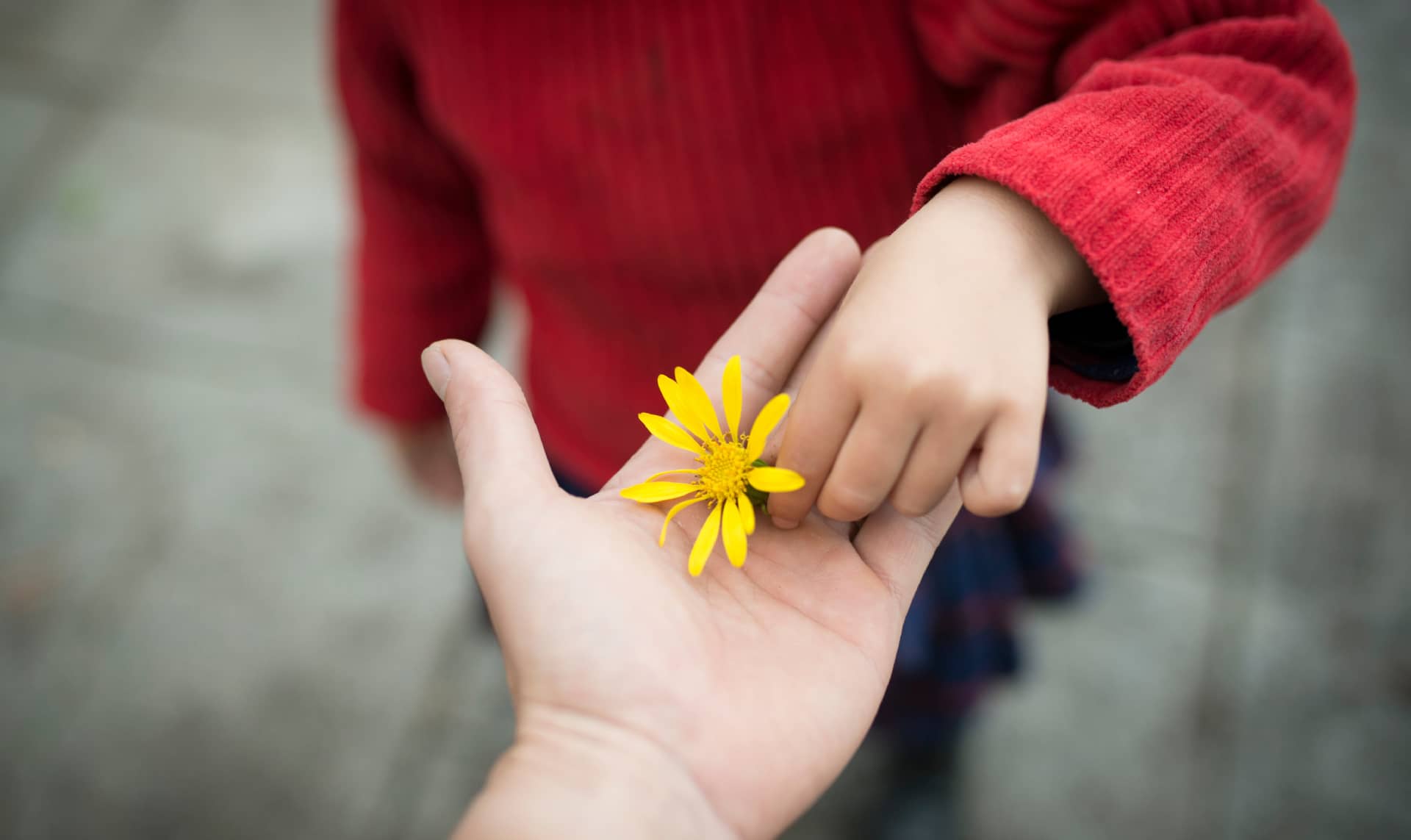How Behavioral Patterns Are Inherited in Families
Behavioral patterns in
families are inherited through both genetics and the family environment and
dynamics. Children observe and learn behaviors, beliefs, and ways of relating
to the world from a very young age by imitating what they see in their parents
or caregivers. These patterns include how we handle stress, how we communicate
in relationships, or even how we deal with failure. Over time, these behaviors
are internalized and become the foundation of our future actions.
The Cycle of
Behavioral Inheritance
The family environment is
crucial in shaping behavioral patterns. For example, if a family handles
conflicts with silence or aggression, the children are likely to replicate
these same responses in their future relationships. This cycle perpetuates
across generations, as children who have not learned other ways to manage their
emotions or relate to others replicate what they’ve seen. Additionally, family
expectations and social pressures contribute to the perpetuation of certain
patterns, such as the role each family member is expected to play.
Breaking Negative Family
Patterns
Breaking negative family
behavioral patterns first requires recognizing them. Therapy is an ideal space
to identify the behaviors we have inherited and understand how they affect us.
From there, it’s possible to learn new ways to relate to others and manage our
emotions, challenging family norms that don’t serve us. Changing these patterns
improves our interpersonal relationships and has a positive impact on the next
generation by offering them a healthier behavioral model.
If you feel trapped in
negative family patterns and want to learn how to break free, don’t hesitate to
contact us. Our team can help you develop new ways of thinking and acting.
RewPaz



